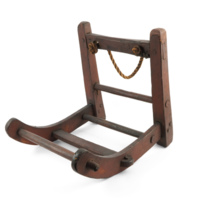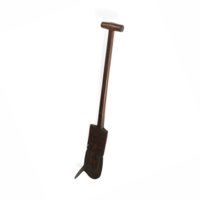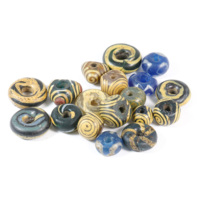P - Peat to Pict

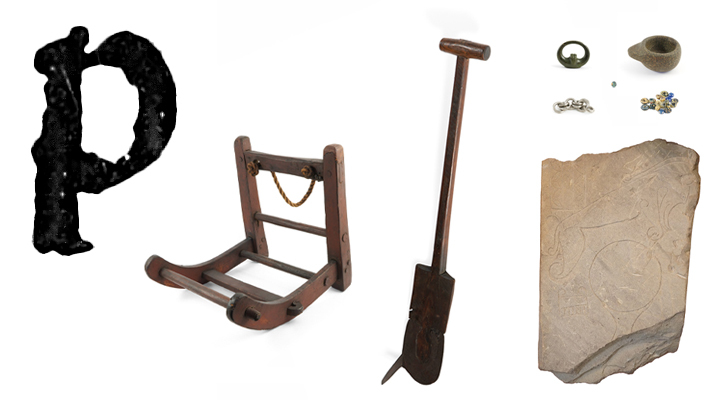

peat la16-, pete la14-e20
1 n A piece of semi decayed vegetable matter usually dug out of a bog and used as fuel for a fire.
2 n A term of endearment for a child la19-, a term of scorn for a woman.
~ spad(e) n a specially shaped implement used to cut peat from the ground.
The neighbouring hills supply the inhabitants with peat and turf; but much of their time in summer is consumed in preparing and leading them home. If the tax on coals be taken off, it will probably encourage the farmers to supply themselves with that article, and thereby have more time to devote to husbandry.
Rev Alex Angus 1795, Botriphnie
What is really leading to the disappearance of the peat and peat spades is the disuse of peat as a fuel in many areas, for in terms of time and transport costs, peat is often more expensive than coal.
Alexander Fenton 1986,The Cutting of Turf and Peat

Pict 3- n
An ancient people of obscure affinities who dwelt in the area now known as Scotland.
Picts came and occupied the lands called Orkney, and later from the islands they wasted many lands, and occupied those in the Northern part of Britain, and they still live there to-day. They held and hold a third part of Britain to this day.
Nennius c800AD Historia Brittonum
As the Romans went back home, there eagerly emerged from the coracles that had carried them across the sea-valleys the foul hordes of Scots and Picts, like dark throngs of worms who wriggle out of narrow fissures in the rock when the sun is high and the weather grows warm.
Gildas c540AD De Excidio Britonum
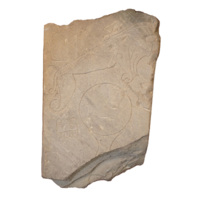
Pictish symbol stone from Fairy Green, Collace, Perthshire (5th cent.)
ABDUA:15591
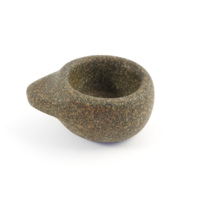
Granite cup, Culblean Hill, near Dinnet, Aberdeenshire (1000BC-1000AD).
ABDUA:17413
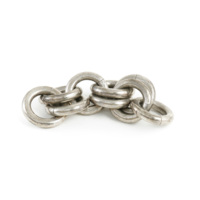
Pictish silver chain from Nigg Bay, St Fitticks, Kincardineshire (5th - 6th cent.)
ABDUA:15644
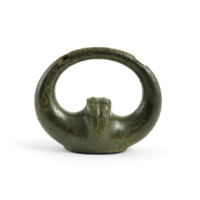
Rein ring ('Donside terret'), Shellagreen, Culsalmond, Aberdeenshire (1st - 5th cent.)
ABDUA:15597

